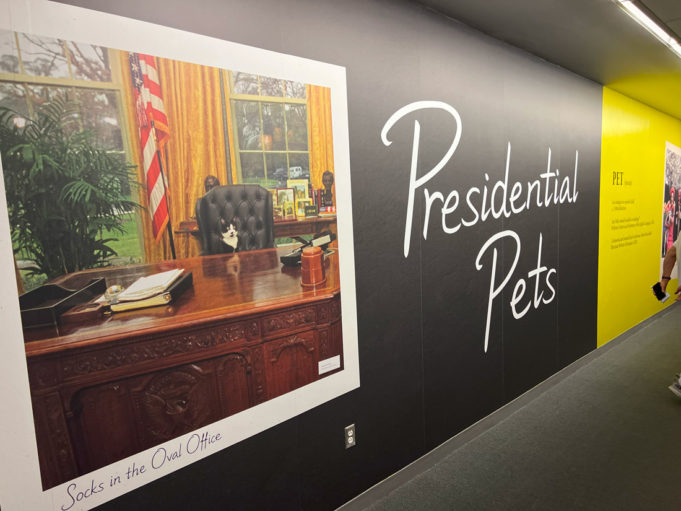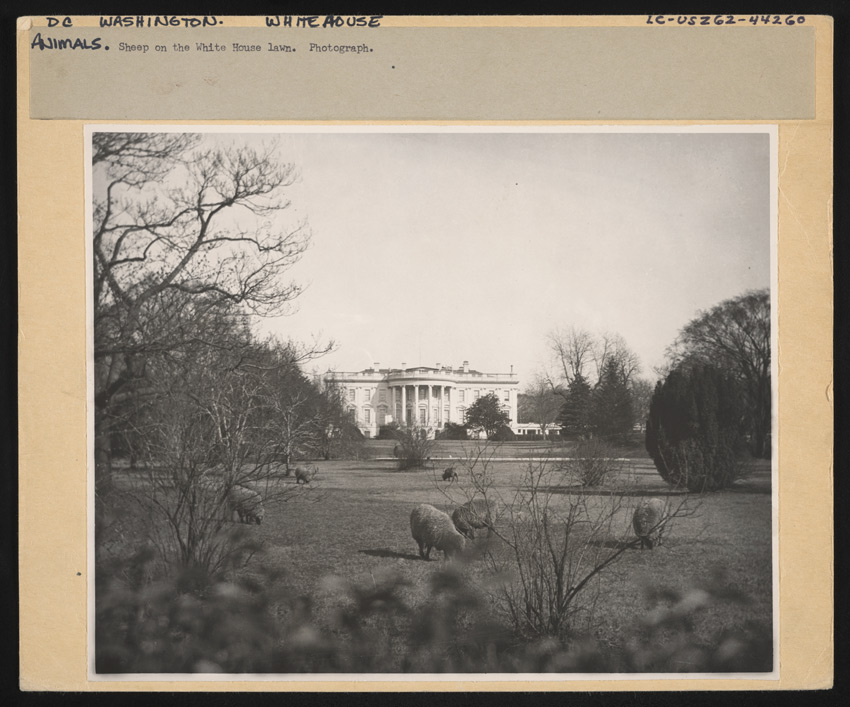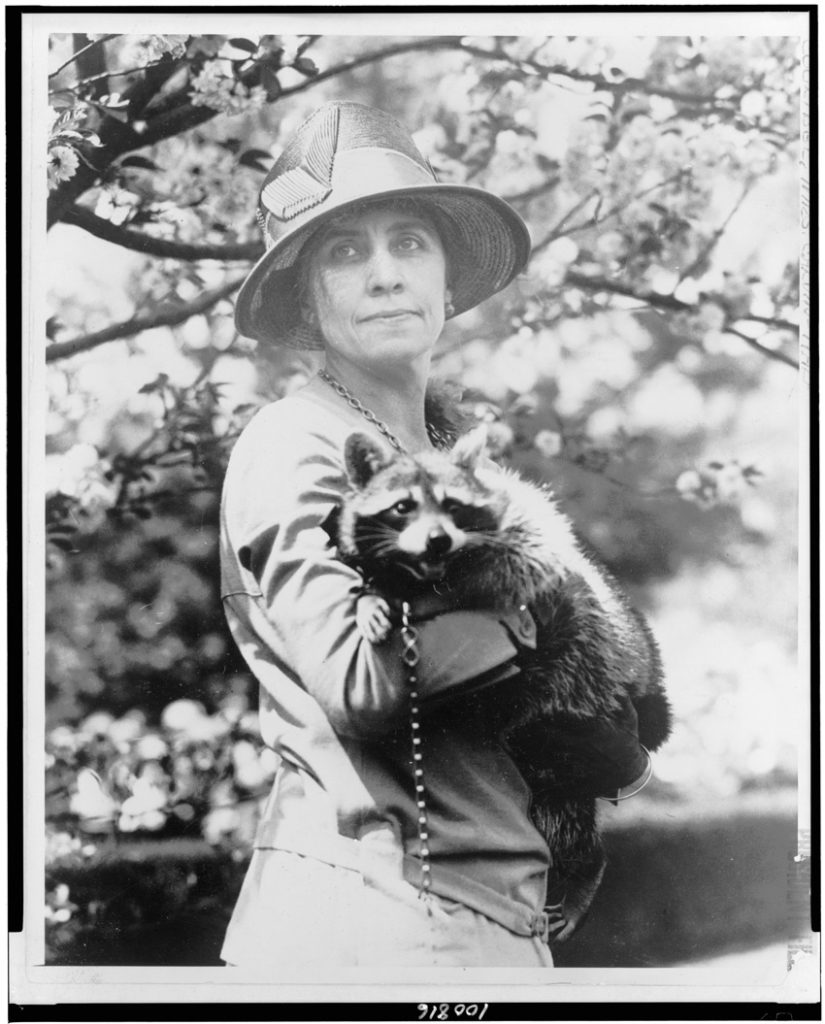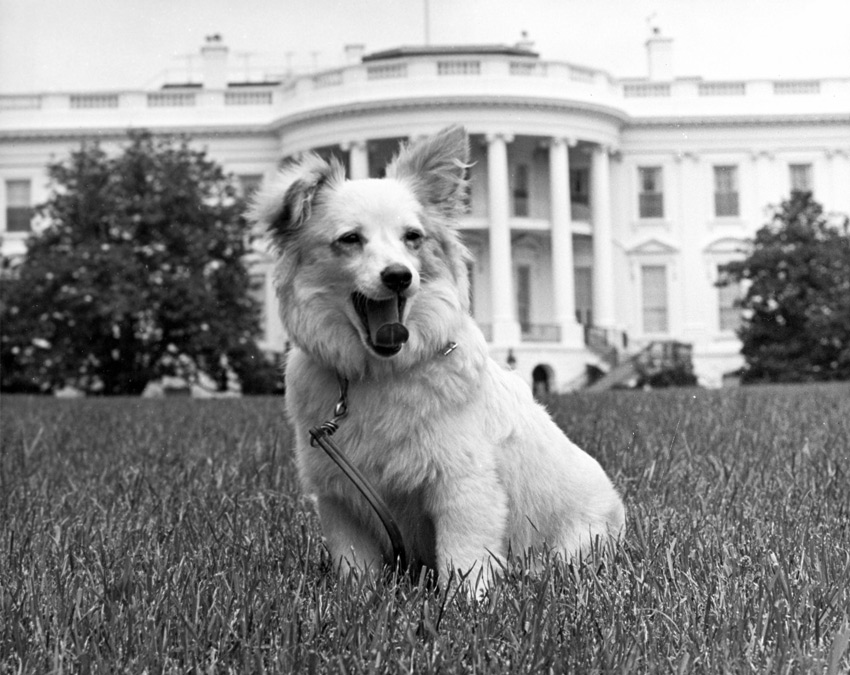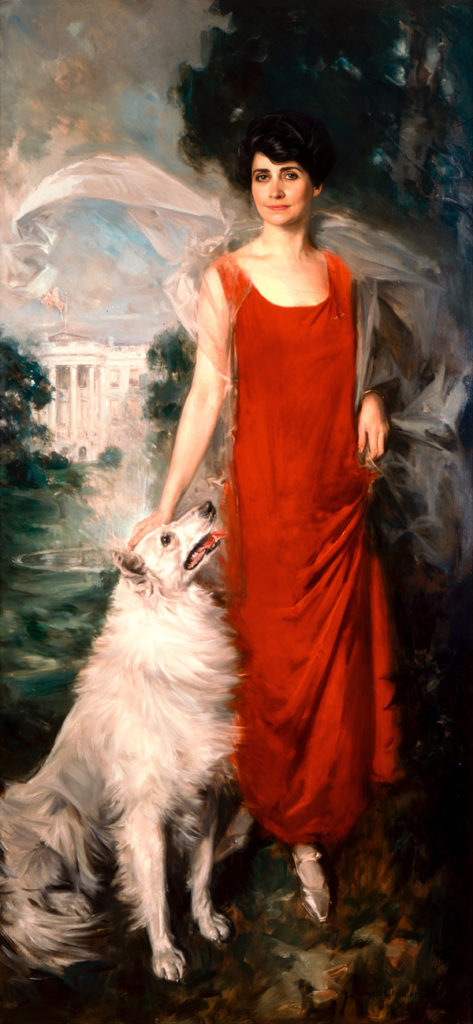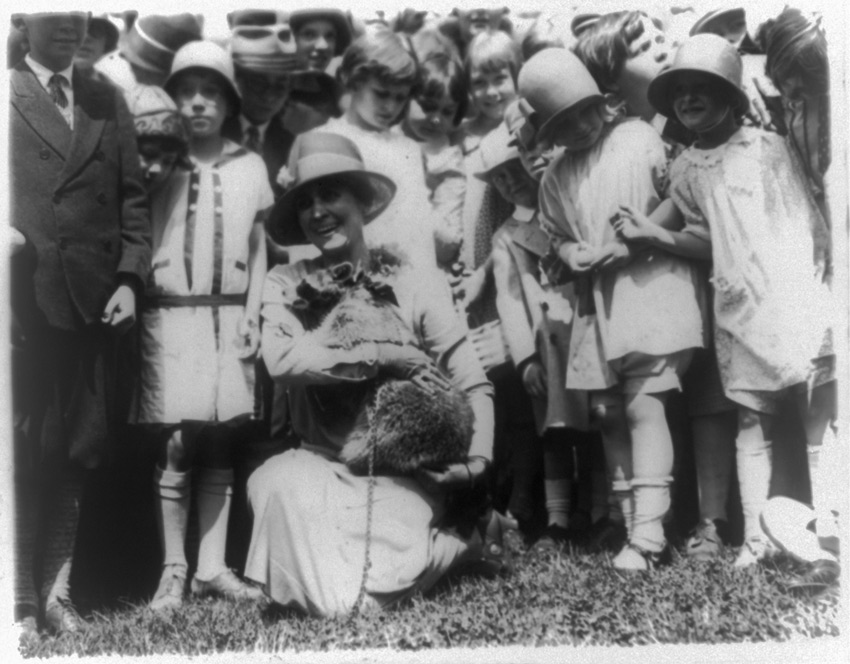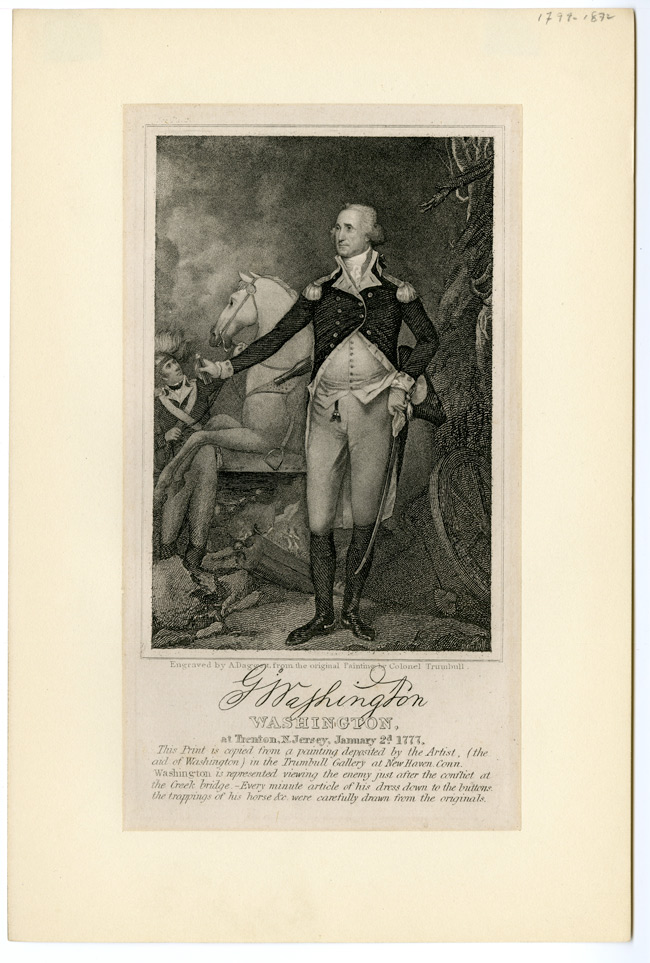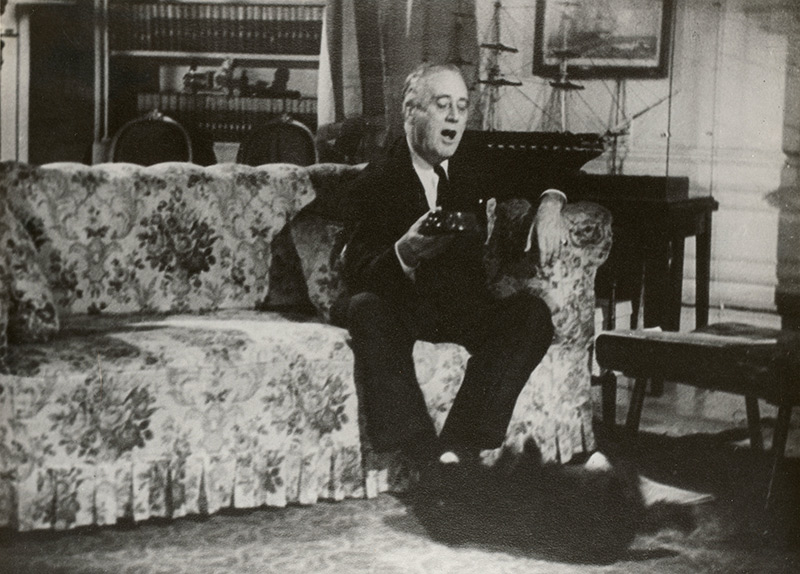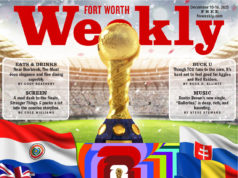Not every state has a presidential library. Luckily, we have one right here in North Texas. If you visit the George W. Bush Presidential Center in Dallas, you’ll be able to view artifacts representing the Bush family pets. It turns out, cats, dogs, and many other species have had a presence in most presidential administrations. While on a recent research trip to Boston, I was able to see a special exhibit that provided insight into doghouses and White Houses. Love for animals cuts across party lines, and that’s one of the themes of a new exhibit at Boston’s John F. Kennedy Presidential Library and Museum. Presidential Pets tells the stories of the animal companions kept by chief executives from George Washington on.
Nelson Washington
Prez No. 1 apparently owned more than 100 horses, plus sheep, cattle, and more than a score of foxhounds. While they tended to serve as working animals and resided at his Mount Vernon home, his horse Nelson loved Washington’s affection. We learn that bit of information through one of the first-person (“first-pet”?) accounts ostensibly written by some of the more notable pets, and Nelson’s presence at the British surrender that ended the American Revolution certainly qualifies him as noteworthy.
Fillmore’s ASPCA
As a museum should, the exhibit also touches on related developments in policy and culture, including animal rights. A display says, “Animal welfare became an issue raised in the 19th century alongside other social causes like child welfare, women’s suffrage, and poverty.” It goes on to note that the 13th president, Millard Fillmore, “helped found the Buffalo, New York, chapter of the ASPCA in 1867,” several years after he left office. Even as Fillmore and some of his pet-loving peers influenced attitudes toward domestic animals, their critters sometimes found policy roles to play.
Fido Lincoln
While Washington might have valued his dogs primarily for their abilities to track down game, Abraham Lincoln anticipated more modern attitudes that count pets as family members. Abe’s mutt, Fido, even got to sleep on the couch, much like pretty much every 21st-century dog. Early presidential menageries included the likes of Woodrow Wilson’s sheep, multiple cows and horses, and even a few opossums. Latter-day sensibilities have tended toward the dogs and cats that have come to populate many of our urban households. The exhibition’s scope also lets us see how sensibilities toward the treatment of animals have evolved over the American centuries.
The Lincoln administration lost multiple horses to an 1864 stable fire and its patriarch to assassination the following year. Pets help us learn about the circle of life and, in this case, politics.
Josiah Roosevelt & Laddie Boy Harding
Noted outdoorsman Theodore Roosevelt, also a father in his early 40s when he took office, indulged his children with an even wider variety of fauna. Dogs, kangaroo rats, snakes, guinea pigs, horses, and a badger named Josiah populated his household. In the early 1920s, a Roosevelt rival, Warren Harding, ascended to the presidency along with an Airedale terrier named Laddie Boy. The latter became the first true celebrity White House pet. (At the Roosevelt display, you can also judge the length of a 5-foot-long snake like the one Theodore Roosevelt’s son Quentin dropped in front of some Congressmen.)
Rob Roy Coolidge
Calvin Coolidge succeeded to the position after Harding’s death in office, and he and wife Grace continued to embrace the animal kingdom. She became the only first lady or president with a pet in an official portrait when she posed with their white collie, Rob Roy. The Coolidges also owned a raccoon named Rebecca who had apparently been intended as a Thanksgiving dinner entree (it was a different time) but earned a reprieve thanks to the First Family’s interest in animals. They later added a second raccoon named Reuben.
King Tut Hoover
The exhibit offers a painting of Coolidge’s successor, Herbert Hoover, with King Tut. It notes that the artwork was based on a famous photo of the pair that apparently proved an asset to Hoover in the 1928 election by helping “Americans think of the candidate not as cold and obsessed with statistics but as a person they could relate to.”
Fala Roosevelt
Franklin Roosevelt’s dog Fala became affiliated with “Barkers for Britain,” an effort to rally dog lovers to help beleaguered 1940s U.K. citizens with essential supplies. The Scottish terrier garnered a good bit of fame by also serving as mascot for the Dogs for Defense effort to recruit canines needed for World War II service.
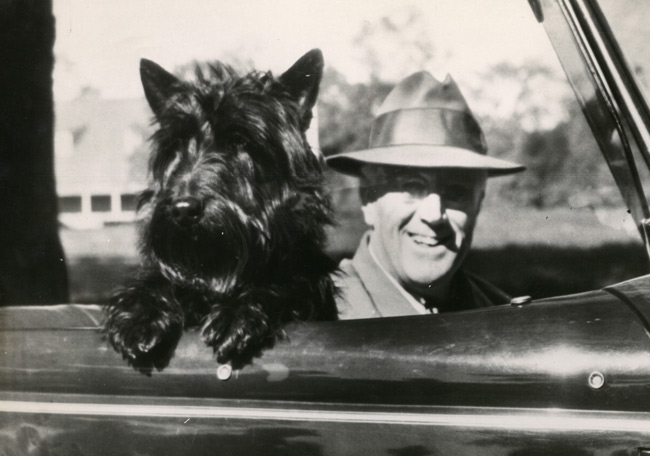
Courtesy FDR Presidential Library
Pushinka Kennedy
Three administrations later, leaders hoped a mixed-breed furball might contribute to Cold War detente. At a state function, Jacqueline Kennedy had made casual conversation with Soviet Union leader Nikita Khrushchev about puppies born to Strelka, a dog who had returned from a space mission. The First Secretary of the Communist Party gifted the U.S. First Lady one of the pups, and, after authorities had checked the canine for surveillance devices, Pushinka became a Kennedy. She later had a litter with their Welsh terrier, Charlie, and JFK called the offspring “pupniks.” The Kennedys, with young children in the house, also kept a canary, hamsters, ponies, and more.
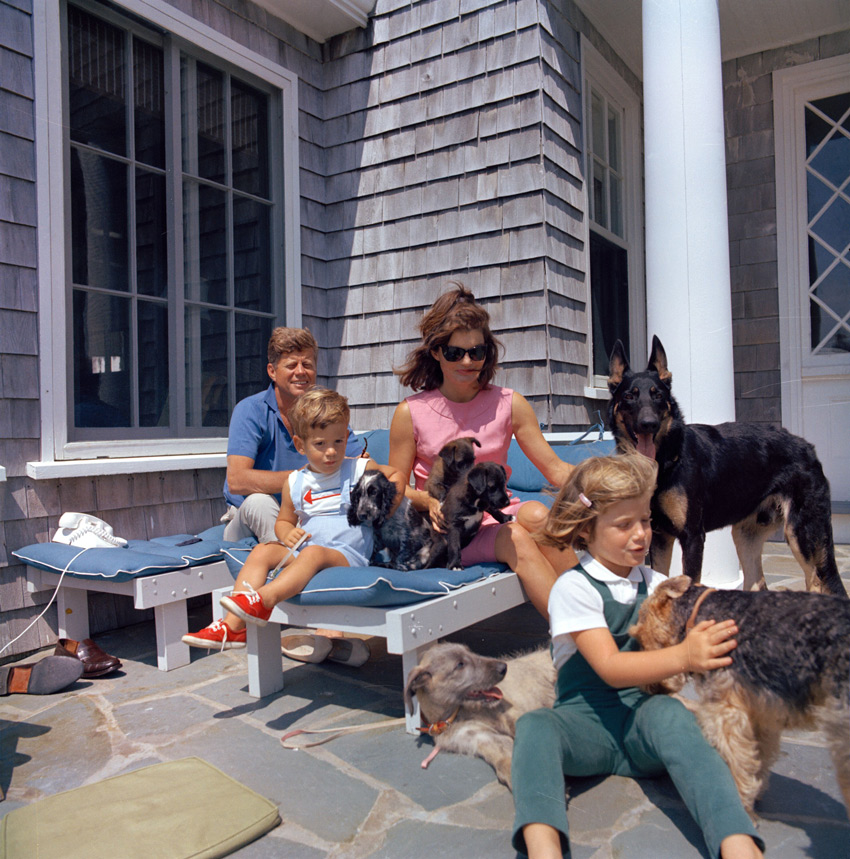
Courtesy JFK Library Foundation
Him, Her & Yuki Johnson
Just as an endearing pet story could buoy political fortunes, a negative one could work against them. Lyndon Johnson’s beagles, named Him and Her, had made the cover of Life Magazine. However, when LBJ picked the dogs up by the ears during a photo shoot, it caused backlash among animal lovers. Editorial cartoonists used the incident as a metaphor in criticizing the president’s policies. Johnson had learned his lesson and developed an affectionate bond with his next dog, a Texan mutt named Yuki. They would howl together, and Yuki even got to attend cabinet meetings.
Checkers Nixon
Pets did indeed serve as valuable components of presidential aspirants’ appeals to the electorates. During his 1952 campaign for the office of vice president, Richard Nixon had punctuated a nationally televised speech (you can hear a portion in the exhibit), addressing allegedly improper campaign contributions by announcing he had been gifted a cocker spaniel whom his children loved and which he would not be returning. The invocation of Checkers, a Texan, provided needed sentiment in an address that helped keep him on the ticket. Checkers never served in the White House himself, but the Nixon family remained dog owners throughout their tenure as First Family.
The presidents and their pets left office after their terms ended, as the U.S. Constitution mandates. Some of both departed the premises earlier than hoped. Nixon resigned in 1974, and King Timahoe’s tenure as First Dog (along with those of his canine siblings Vicky and Pasha) thus ended as well.
Rex Reagan
Recent protests with a “No Kings” motif may have caused some Americans to consider whether the White House’s major-party occupants have tugged too hard at their constitutional leashes. But one might also suspect most Americans fully supported the only true “kings” to reside at 1600 Pennsylvania Avenue: Rex, the Reagan family’s Cavalier King Charles Spaniel; the Nixons’ Irish setter, King Timahoe; and a pair of Belgian shepherds, King Tut and King Cole, owned by Herbert Hoover and Calvin Coolidge, respectively.
Socks Clinton
Though 20th-century dogs had become entrenched in the White House, their feline counterparts had less of a presence. The exhibit’s text touched on the reasons: “Cats were just beginning to be seen as household pets in the 19th and early 20th centuries. They were viewed as biological specimens for medical study and anonymous working animals — barn mousers who roamed around killing rodents. Though cats had always existed around the White House, the idea of a First Cat was unheard of because the felines’ reputation for aloofness and independence made them less appealing as public relations tools.”
The animal-loving Kennedys had only briefly kept a cat on Pennsylvania Avenue because JFK had an allergy to them. It took until the Bill Clinton administration for Socks to become what the library describes as “the first true First Cat.” Though the family did later add Buddy the Labrador, Socks deployed his feline charm to remain popular. The exhibit includes Socks’ Kitti Kondo, a cat playhouse in the shape of the White House, among the gathered artifacts.
Barney Bush
Many of these items have come on loan from other presidential libraries, including a dog bowl used by George W. Bush’s dog Barney when he rode on Air Force One. Indeed, the Scottish terrier and the creatures who joined him alongside the 43rd president have a notable presence at the George W. Bush Presidential Center in Dallas. The Barney’s White House exhibit (yes, they get a whole section in the permanent collection — they even have statues) covers dogs Spot, Barney, and Miss Beazley as well as Laura Bush’s American shorthair cat, India.
As with the exhibit in Boston, the Bush Museum sees the pets as an opportunity to engage children, and the display includes interactive games geared toward younger visitors. These museums hope to enhance visitors’ understanding of both their specific presidents and the office generally. Learning about how a chief executive handled the Cuban Missile Crisis or September 11th provides insights into both the leaders making the decisions and the world situation at the time. Discovering how they treated their pets may not have quite the gravitas of a major policy decision, but such an exercise can still provide useful perspective. That might be especially true for children who need an accessible way to start taking an interest in civics.
Youngsters will enjoy learning how children mailed letters to First Cat Socks Clinton, that William Howard Taft’s Holstein cow Pauline Wayne contributed 7.5 gallons of milk to White House food stores daily, and how Barbara and George H.W. Bush’s English Springer Spaniel Millie wrote a popular book (with the help of her mom). Younger visitors can also pick up on the ways attitudes toward companion animals have evolved.
When even the leader of the free world can’t stop his golden retriever from doing her business on the Oval Office rug (the display reports Gerald Ford cleaned up Liberty’s accident himself), it shows the president to be just another male (and someday other genders) of his species. And part of the point of the American democratic experiment is to show that no man — even one with cute dogs, cats, and badgers — is qualified to be a king.
Presidential Pets will remain on display at the John F. Kennedy Presidential Library and Museum in Boston thru Jan 4, 2026. The George W. Bush Presidential Center (2943 SMU Blvd, Dallas, 214-200-4300) is open daily.
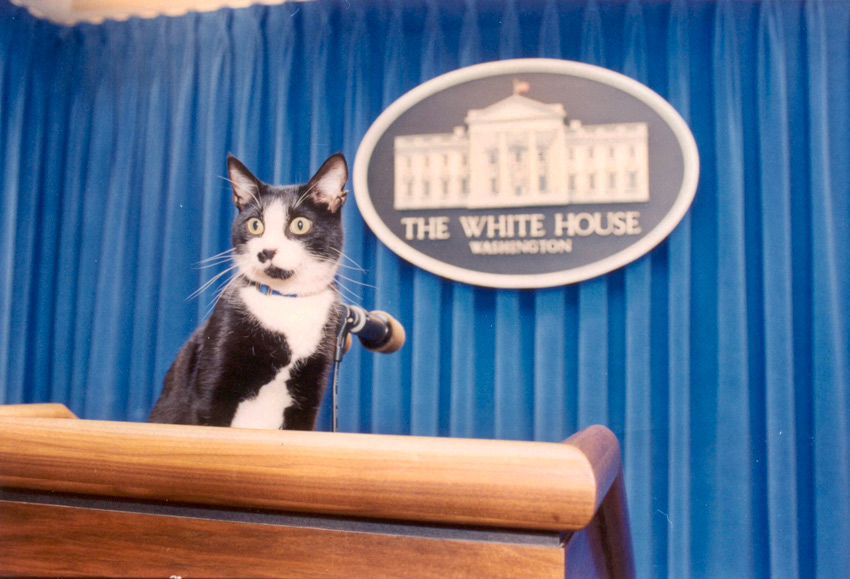
Courtesy William J. Clinton Presidential Library
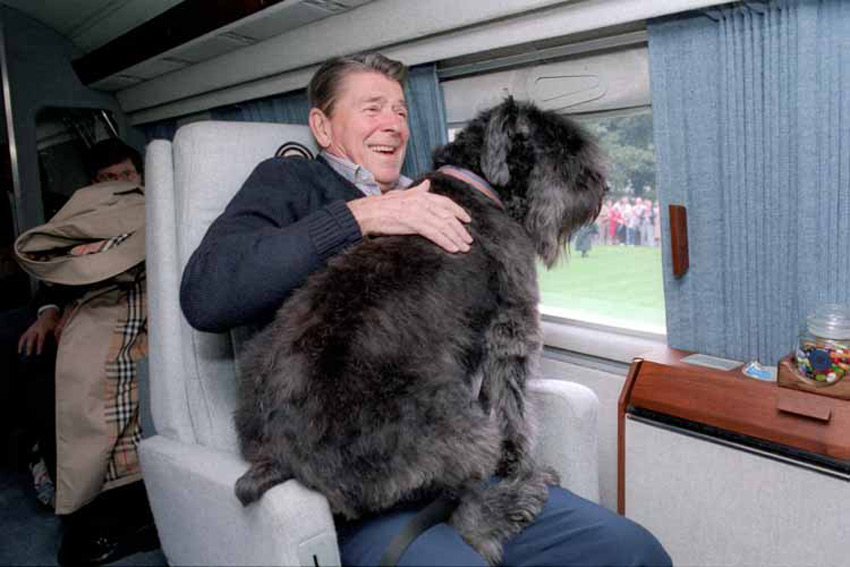
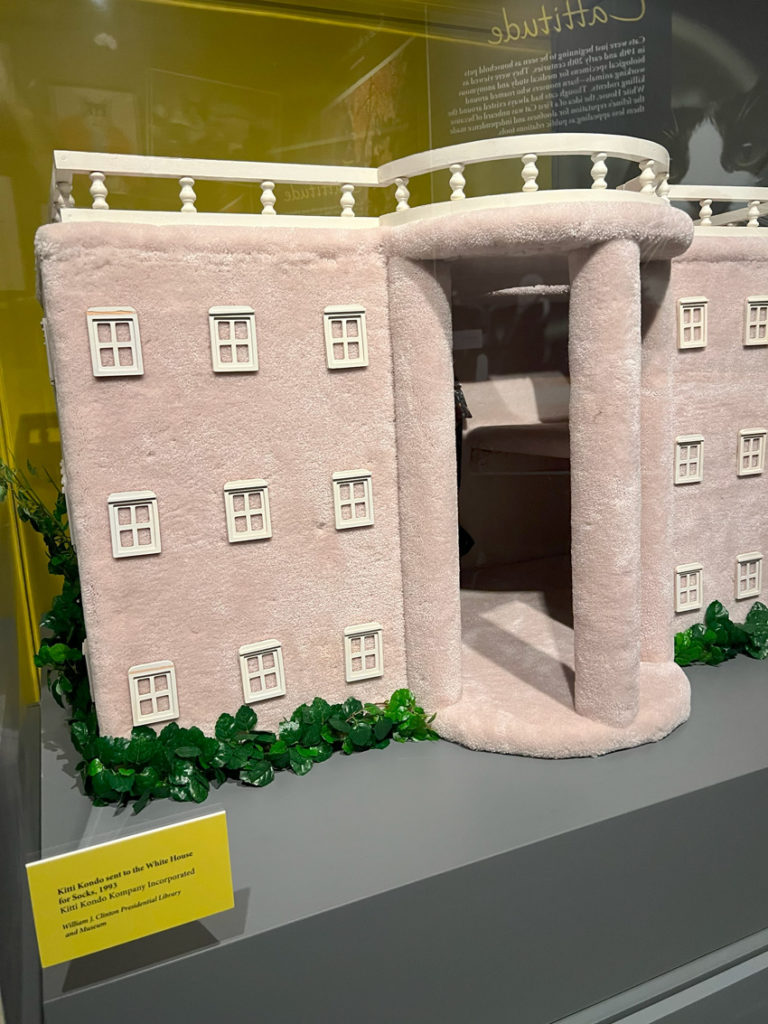
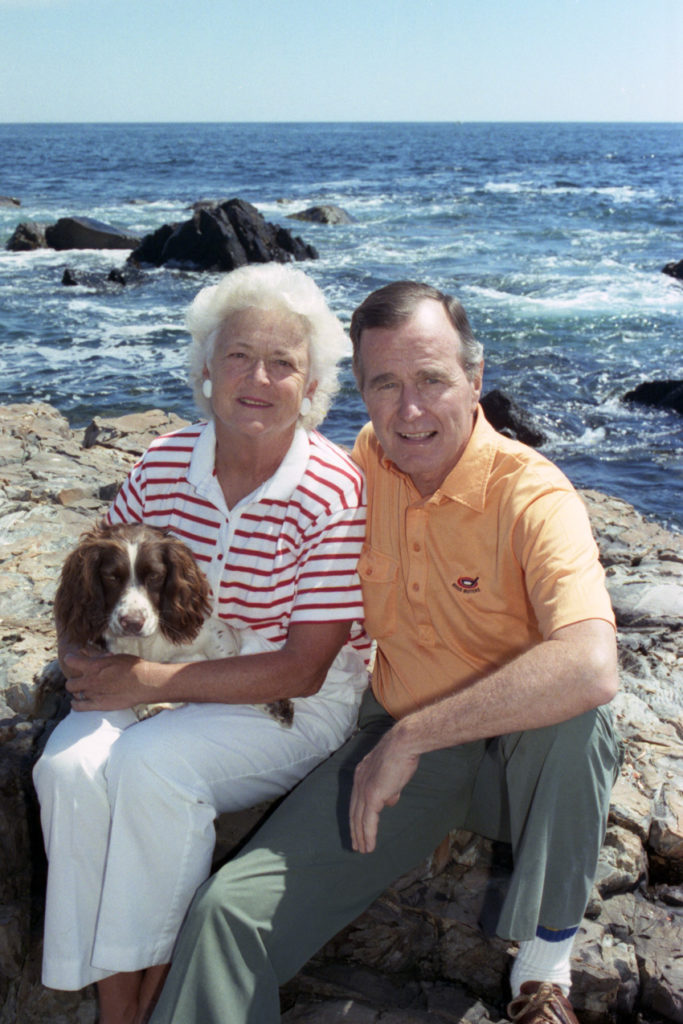
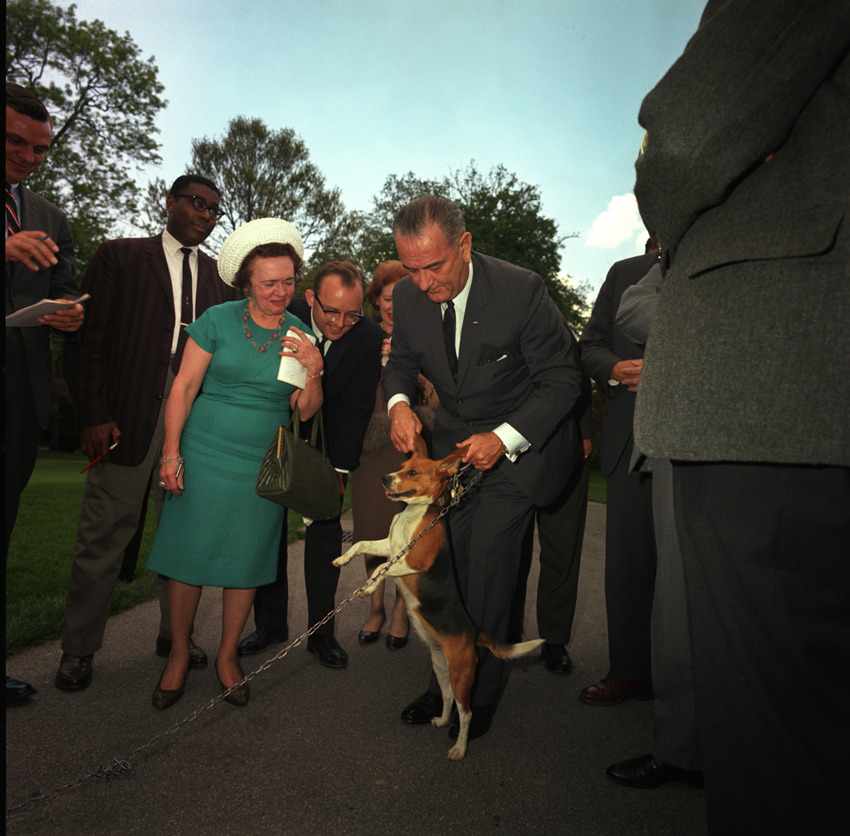
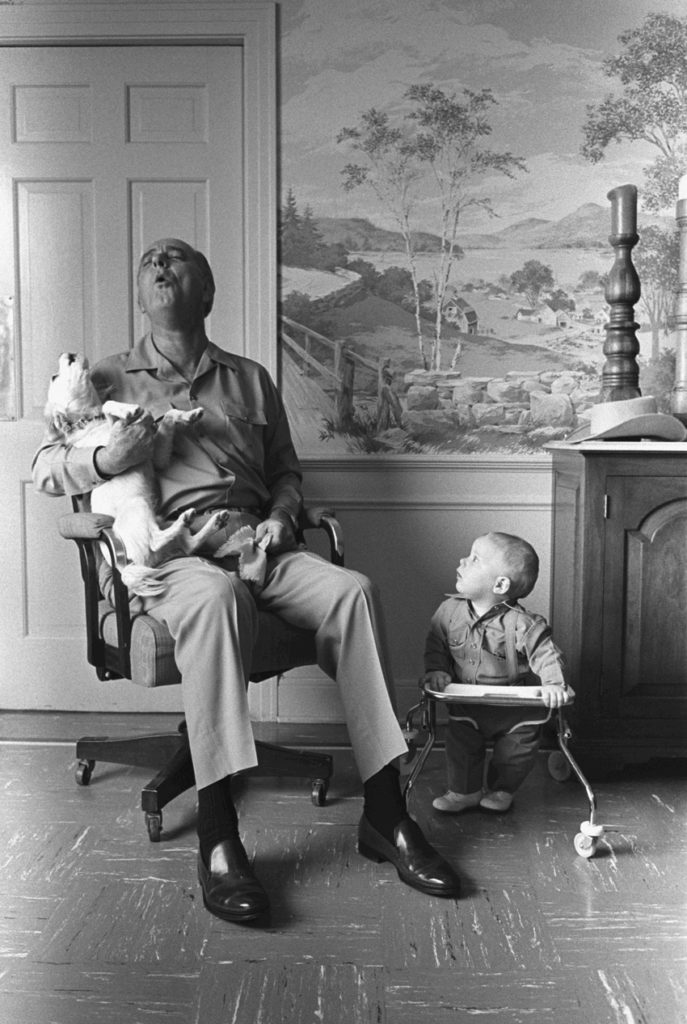
Courtesy LBJ Library/Yoichi Okamoto
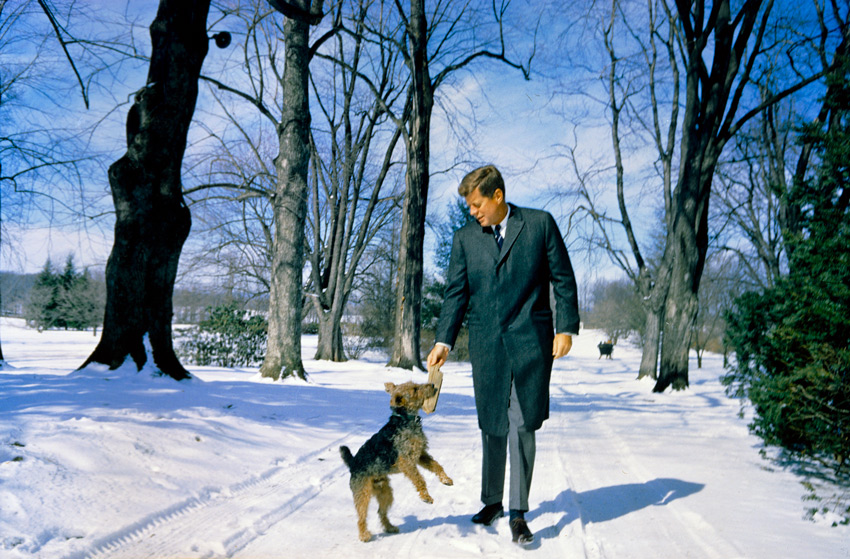
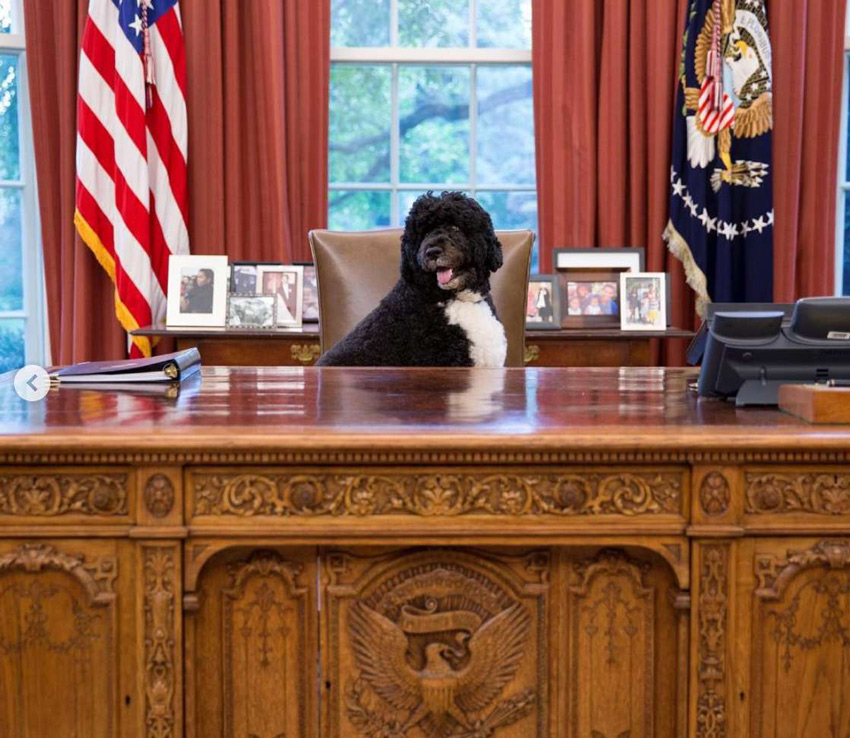
Courtesy Barack Obama Presidential Library
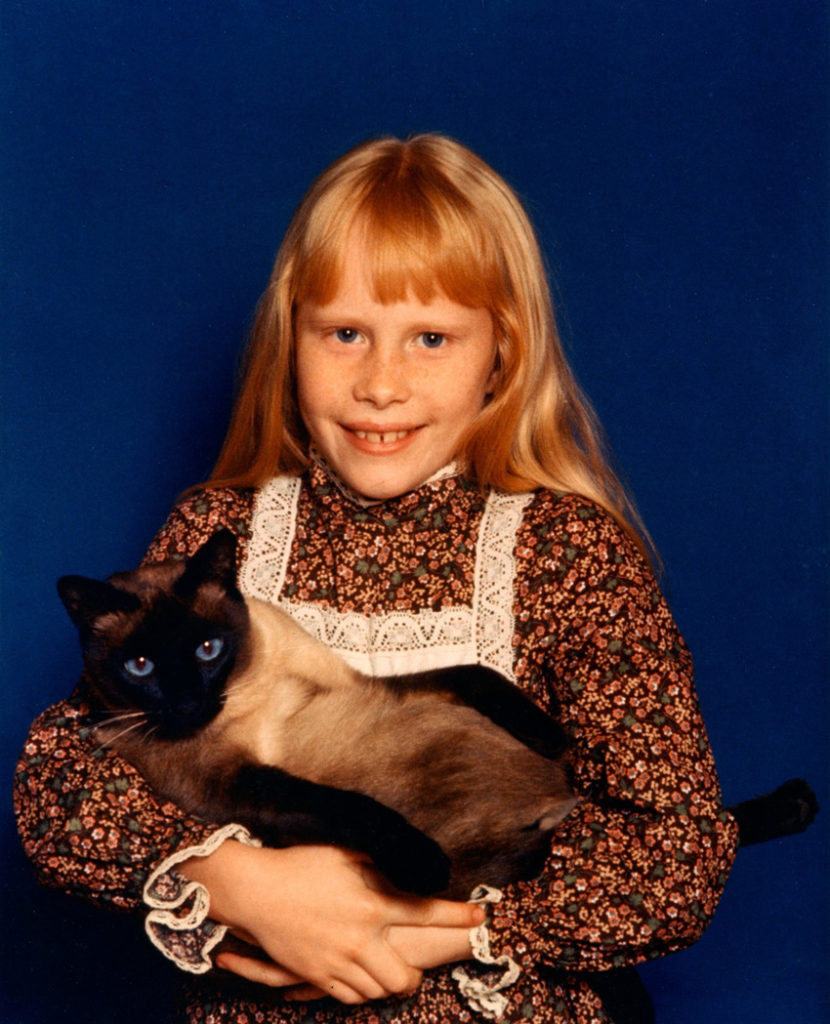
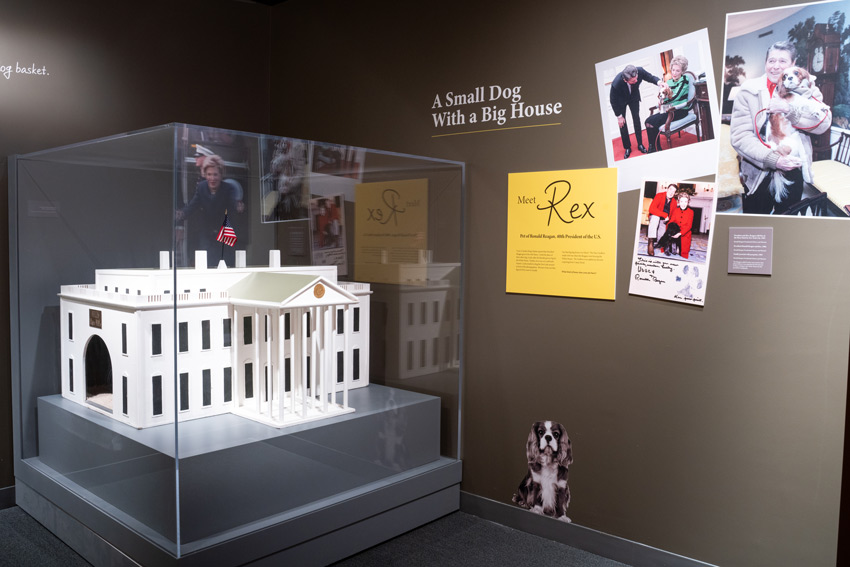
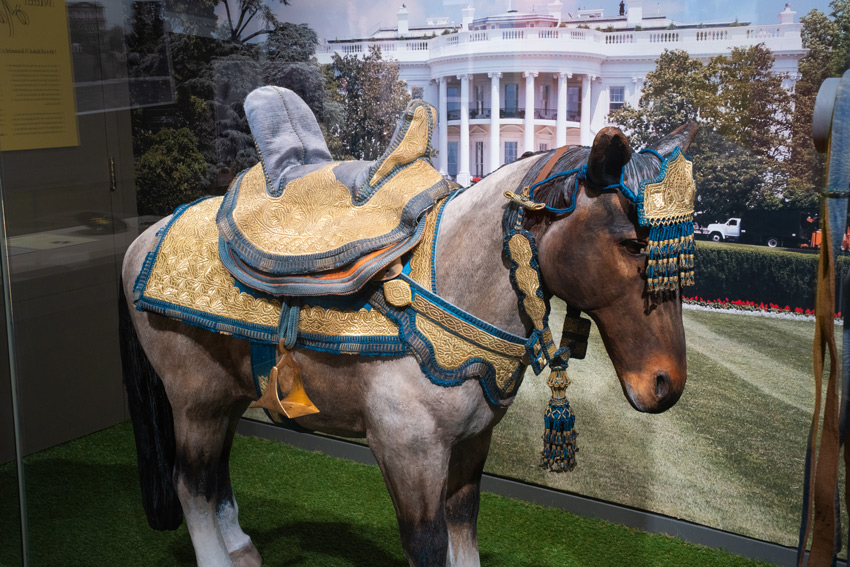
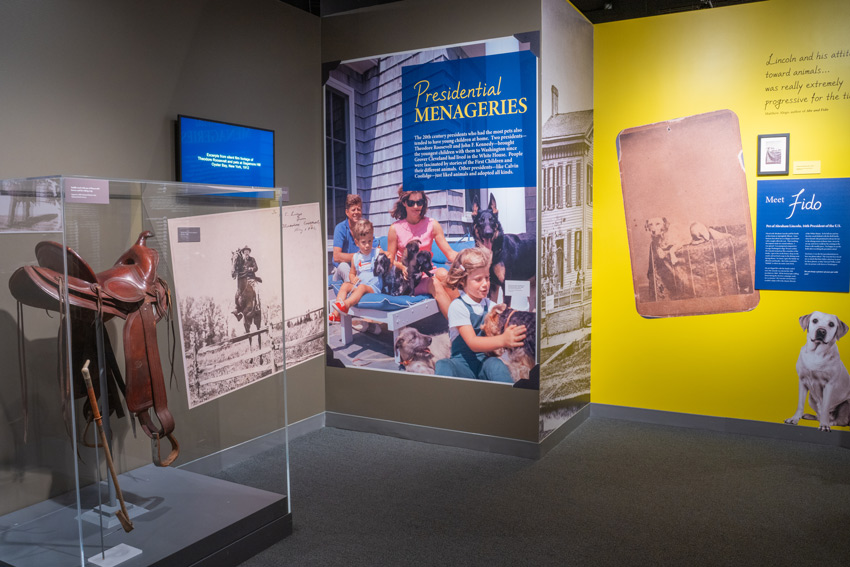
Courtesy JFK Library Foundation
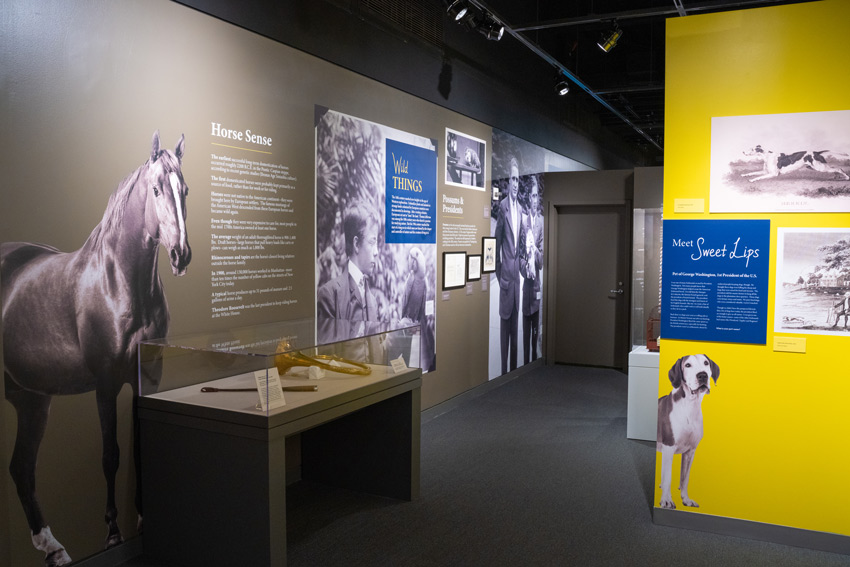
Courtesy JFK Library Foundation



